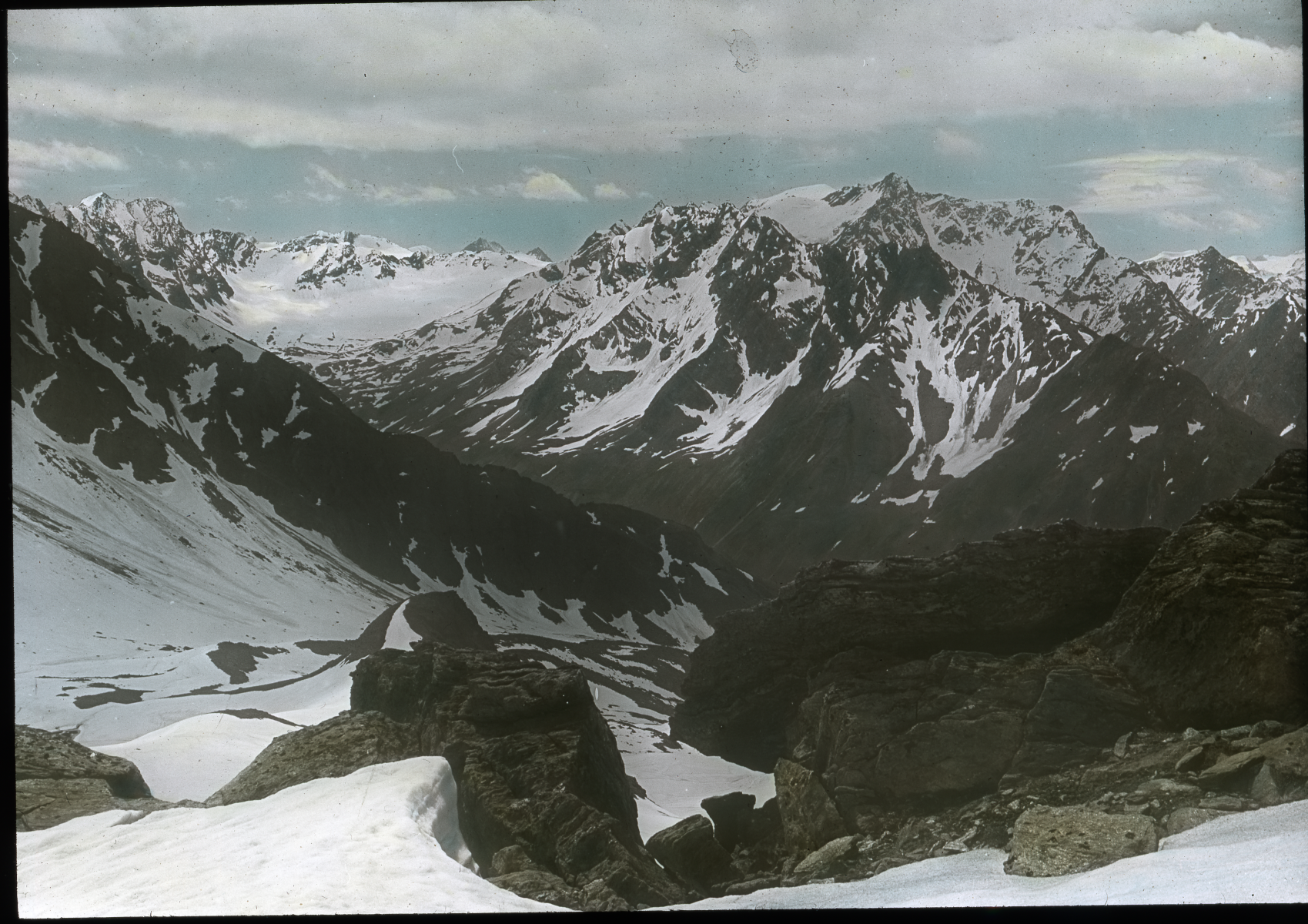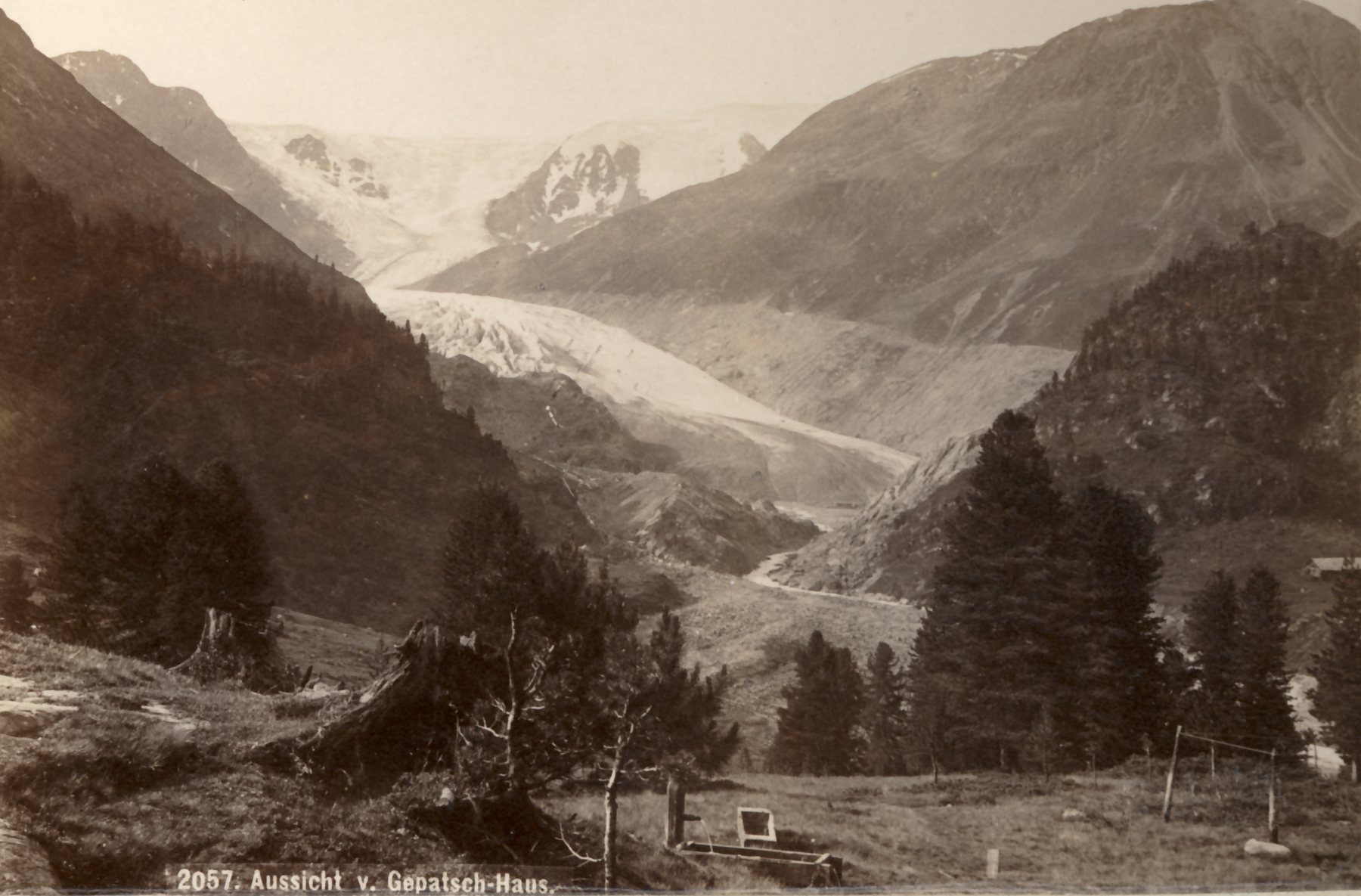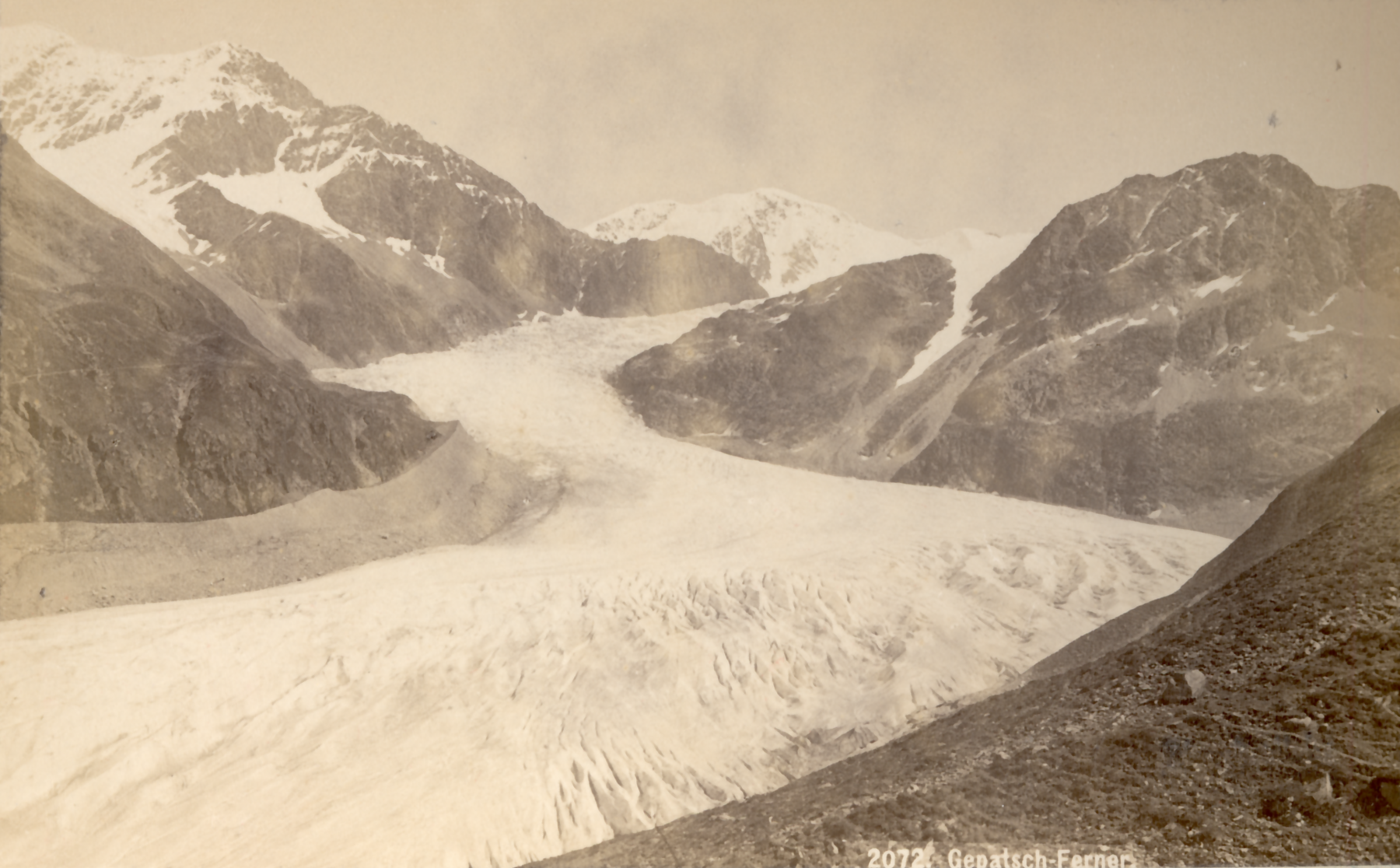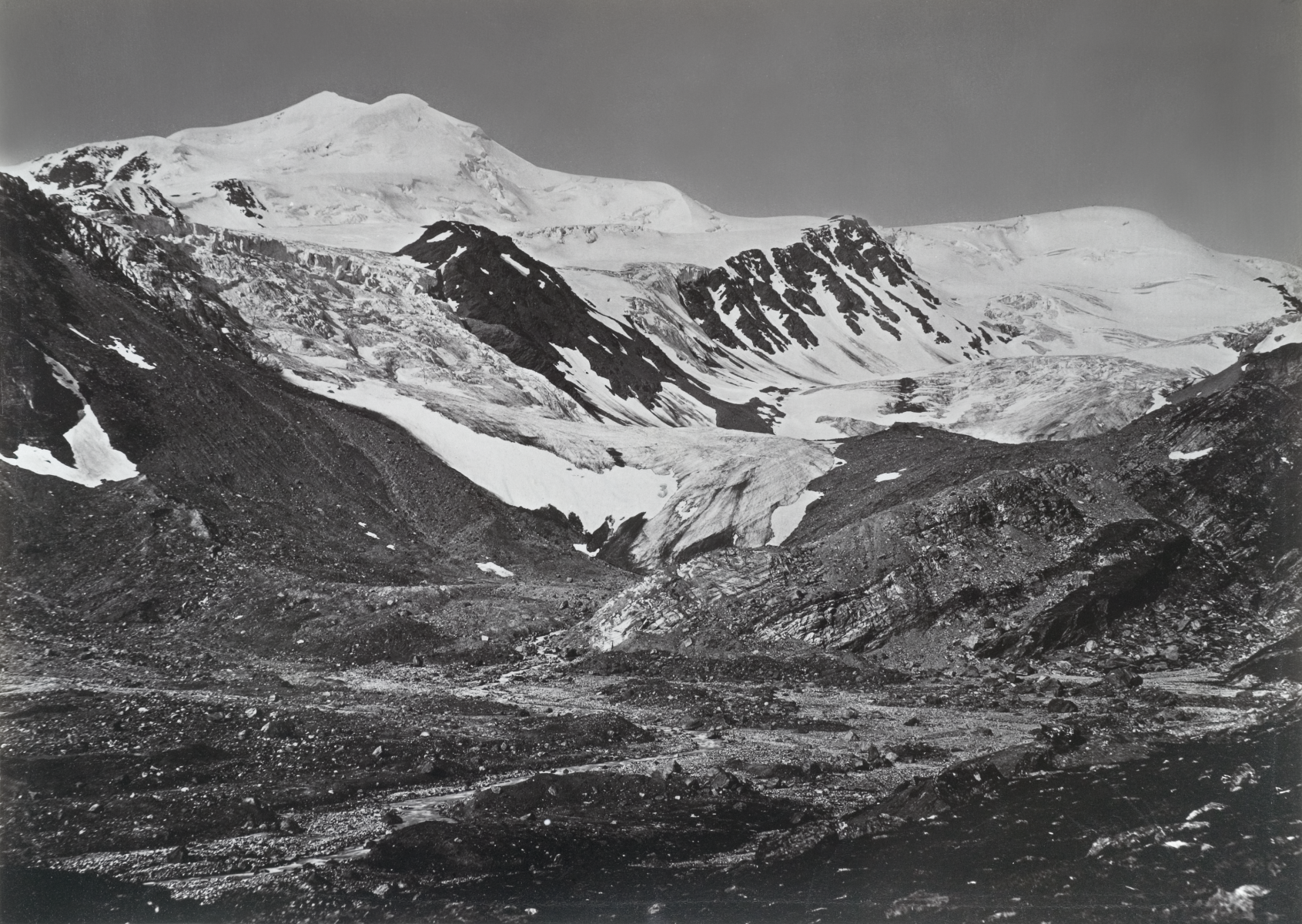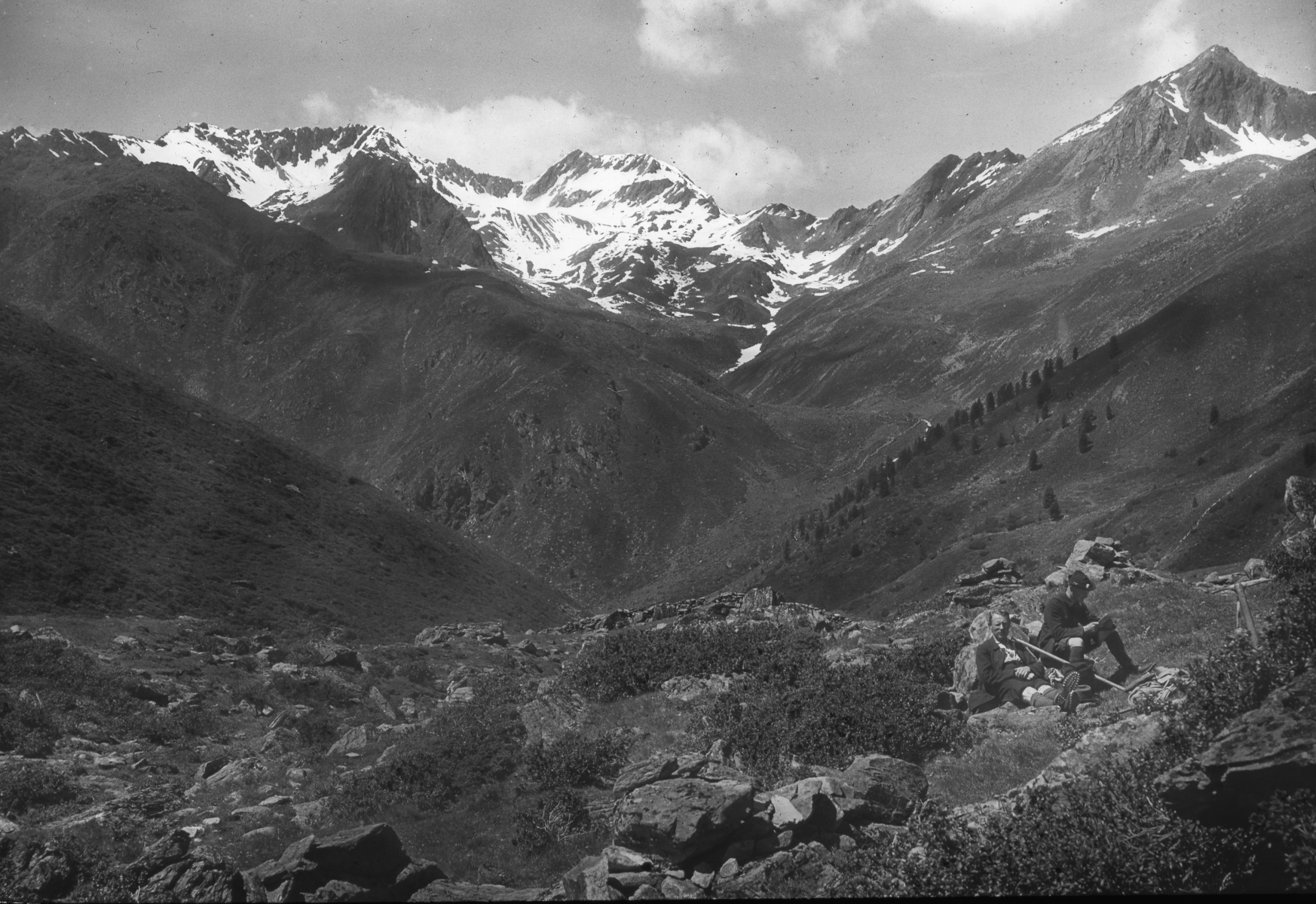An important part of our research work is the research and evaluation of historical photographs. Already since the end of 2018, we have been searching for such documents and have already been able to add several hundred photographs to our (internal) digital archive.
However, not all historical photographs have found their way into a publicly accessible archive. Therefore, we turn to you as interested citizens with the invitation to contribute to the research work: Are you in possession of historical photographs, slides, postcards, negatives, glass plates, etc., covering parts of the three study areas? Would you share these images with us? “Historic” basically means imagery from the past – a photograph from the 1980s or 90s showing an avalanche deposit or other interesting details can be very valuable to our investigations. Of particular interest, of course, are photographs from the era before aerial photographs of the study areas were taken (i.e., before the 1950s/60s).
What are we doing with the images ? Ordinary photographs cannot be used for mapping to scale. With the help of a computer program, a digital elevation model (a kind of digital photograph the pixels of which carry elevation information rather than color information) and present-day aerial photographs, we identify points on the earth’s surface that are contained in both the historical photograph and the georeferenced (i.e. containing coordinates) comparison image. From these data, the software determines the position and viewing direction of the person that once took the photo. In addition – and this is what makes the procedure (“monoplotting”) so interesting for us – individual details on the historical photo can now be measured in space and mapped in three dimensions on the basis of the elevation model: The photos then allow, for example, the precise mapping of the glacier extent or the location of the tree line at that time etc. Changes in the landscape identified on the historical photos can be compared with and explained by what we know about how the climate has been changing since 1850.


